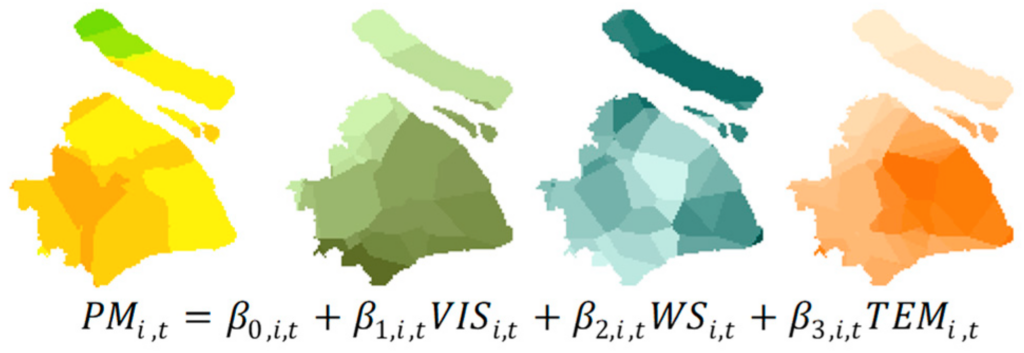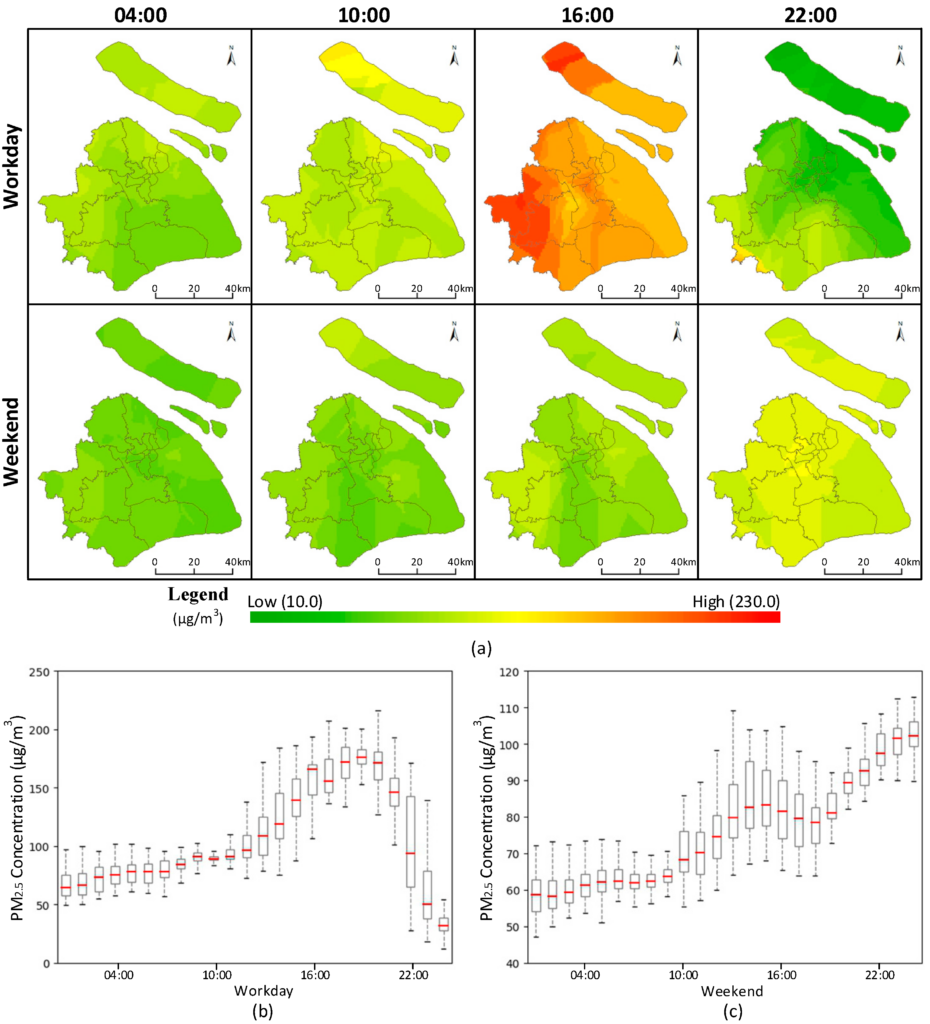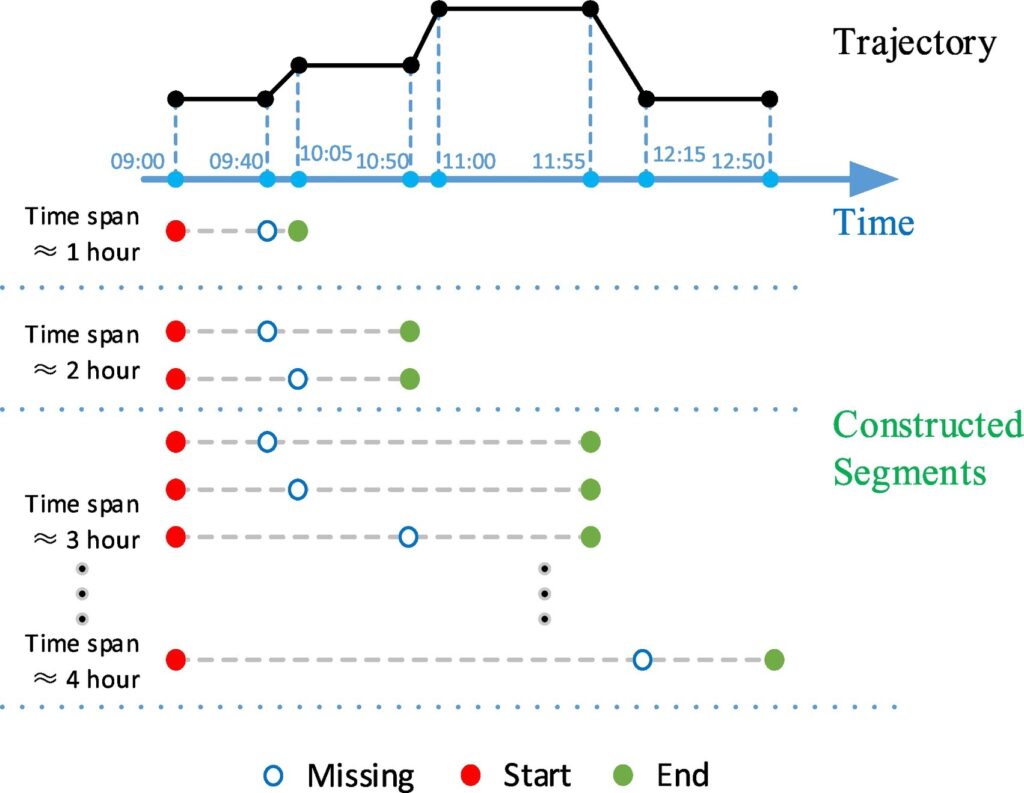Mingxiao Li, Song Gao, Feng Lu, Huang Tong, Hengcai Zhang. (2019) Dynamic Estimation of Individual Exposure Levels to Air Pollution Using Trajectories Reconstructed from Mobile Phone Data. International Journal of Environmental Research and Public Health. 16(22), 4522. DOI: 10.3390/ijerph16224522


Abstract: The spatiotemporal variability in air pollutant concentrations raises challenges in linking air pollution exposure to individual health outcomes. Thus, understanding the spatiotemporal patterns of human mobility plays an important role in air pollution epidemiology and health studies. With the advantages of massive users, wide spatial coverage and passive acquisition capability, mobile phone data have become an emerging data source for compiling exposure estimates. However, compared with air pollution monitoring data, the temporal granularity of mobile phone data is not high enough, which limits the performance of individual exposure estimation. To mitigate this problem, we present a novel method of estimating dynamic individual air pollution exposure levels using trajectories reconstructed from mobile phone data. Using the city of Shanghai as a case study, we compared three different types of exposure estimates using (1) reconstructed mobile phone trajectories, (2) recorded mobile phone trajectories, and (3) residential locations. The results demonstrate the necessity of trajectory reconstruction in exposure and health risk assessment. Additionally, we measure the potential health effects of air pollution from both individual and geographical perspectives. This helped reveal the temporal variations in individual exposures and the spatial distribution of residential areas with high exposure levels. The proposed method allows us to perform large-area and long-term exposure estimations for a large number of residents at a high spatiotemporal resolution, which helps support policy-driven environmental actions and reduce potential health risks.


